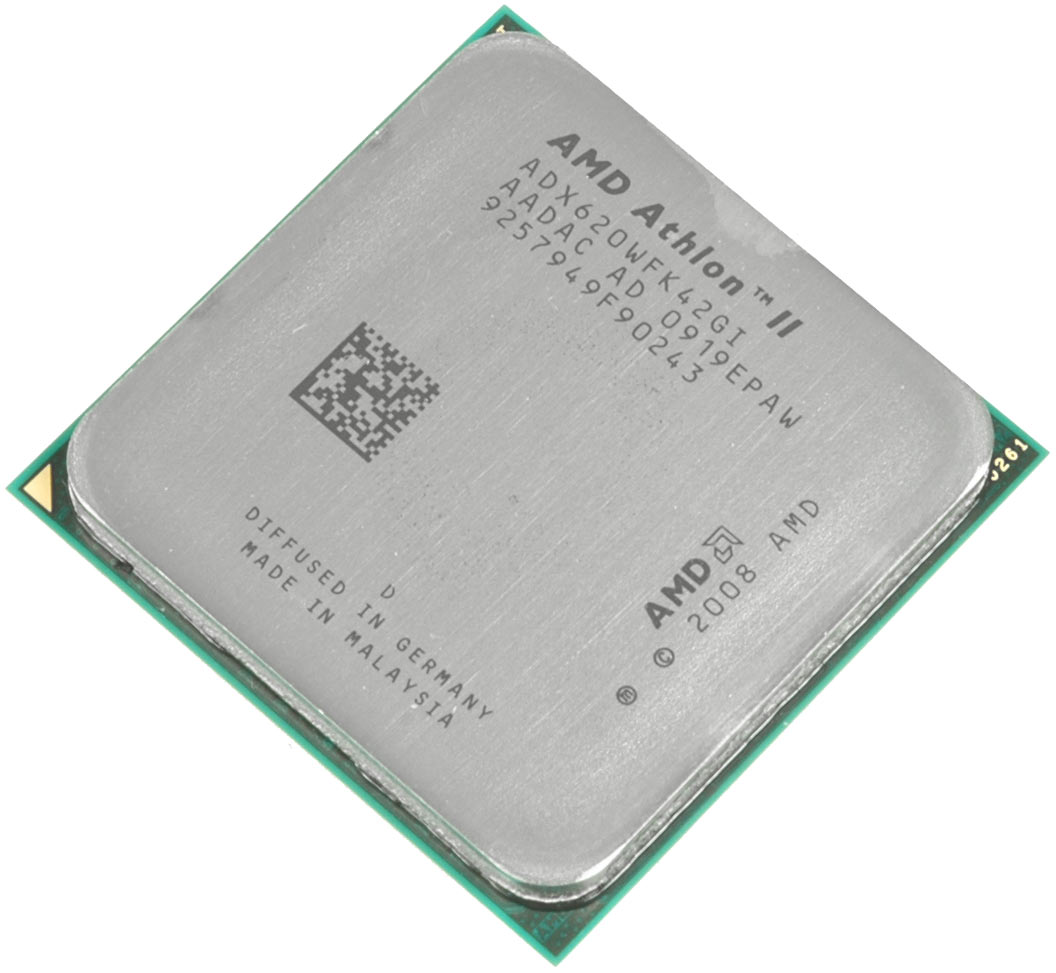AMD Athlon II X4 620: Quad Core For The Masses At $100
Phenom II Without L3 Cache = Athlon II
With the recent introduction of Intel’s new LGA 1156-based Core i5 and Core i7 processors, AMD faces even more pressure in the competitive upper-mainstream and high-end market segments. Phenom II is a great processor design, but it can only beat Intel’s growing Nehalem family on price.
However, it was only a matter of time until the firm introduced triple- and quad-core processors that don't include any L3 cache—a perfect opportunity for a comeback of the Athlon brand. Welcome the Athlon II X4, follow-up to the Athlon II X2 launched back in June.
What It Has
The new Athlon really isn’t new, although AMD introduces two fresh core names for it: Propus (for the quad-core family) and Rana (for the triple-core).
The first sample we received is a 2.6 GHz Propus blessed with all the features of the Phenom II, including its 45 nm SOI manufacturing process and four cores with 512KB L2 cache each. The chip also sports all of the extensions you’d want today: MMX, SSE, SSE2, SSE3, SSE4a, Enhanced 3DNow!, the NX bit feature (or execute disable, on Intel CPUs), 64-bit support, AMD-V virtualization support, and Cool’n’Quiet to lower clock speeds and voltages during idle periods.
Since Propus is based on the Deneb design, all new Athlon II X3 and X4 processors can operate either on Socket AM2+ platforms with DDR2 memory or on Socket AM3 with DDR3. Clearly, the new processors represent an excellent upgrade option for older AM2 systems, especially if you consider the attractive $100 price point.
What It Doesn’t Have
Get Tom's Hardware's best news and in-depth reviews, straight to your inbox.
No one should be surprised that $100 won’t buy you a top-of-the-line product, so we have to wonder about the chip’s limitations. The most obvious step down is the cache architecture. All Athlon II processors, including the already-introduced Athlon II X2 chips, lack any L3 cache memory.
Given this, the Athlon II X4 breaks with AMD’s tradition of implementing shared cache memory in unified multi-core processor designs. The L3 omission is the main differentiator between the Phenom II and the Athlon II families, although there are obviously also clock speed differences (lower on the Athlon II side).
However, the stripped L3 cache may introduce an advantage of one sort, as the transistors necessary to realize the Phenom II’s 6 MB L3 cache require power. It follows that the Athlon II X4 shouldn’t perform anywhere near the Phenom II X4’s level, but it could end up being more efficient.
Current page: Phenom II Without L3 Cache = Athlon II
Next Page AMD’s Processor Lineup: A Yield Party